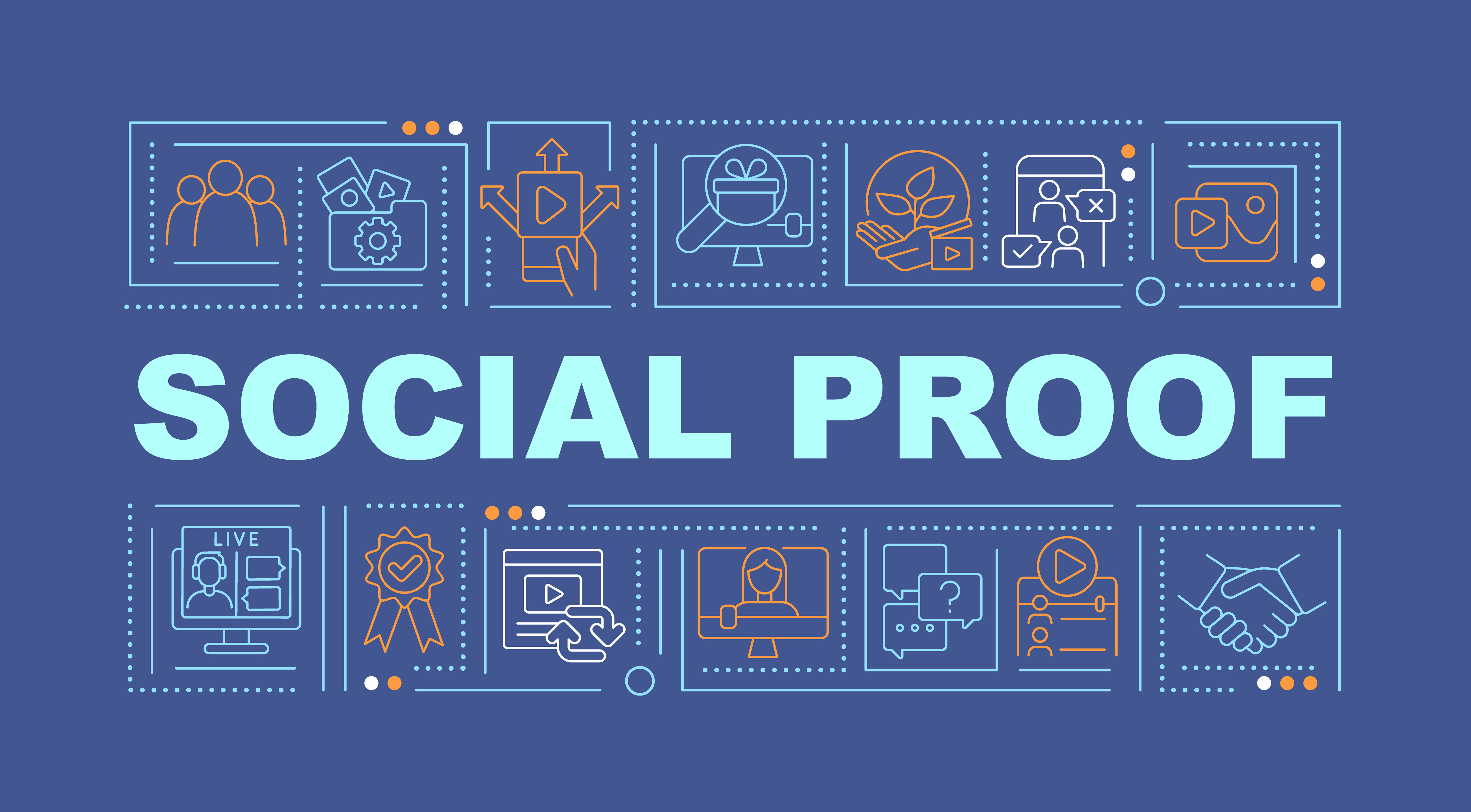How to Build Social Proof on Your Website (5 Actionable Tipss)
 Syed Balkhi
Syed Balkhi
Are you ready to build trust with your audience and show them that your product or service is worth their time?
If so, you need to learn to harness the power of social proof. Put simply, social proof is a psychological trend where people are more likely to do something if they see others taking the same action.
For example, extremely popular movies tend to stick around in theaters because people keep telling friends, family, and people on social media about their experiences. These people hear that their friend or relative had a good time and decide they want to see the movie, too, and the chain reaction continues.
For businesses of any size and industry, leveraging social proof on your website can drastically improve conversion rates and build trust with visitors. People are more likely to interact with your brand if they feel your customers and other businesses in the community respect you.
Today, I'm going to show you five actionable tips you can use to start boosting your credibility, traffic, and sales with social proof.
Let's get started!
Display Customer Testimonials and Reviews
Did you know that 88% of people say they trust reviews from strangers just as much as personal recommendations from friends? This startling statistic highlights why it's so important to encourage customers to leave reviews and then share them strategically throughout your website.
When people see that your products are used and loved by real people, they're more likely to engage with your site. Think about it this way: would you be willing to enter your credit card on a website before you know who they are and what people think of them? The obvious answer is no.
Now, imagine visiting a site that has reviews on the homepage, relevant testimonials on product landing pages, and a list of success stories from real customers on their blog. Each of these elements shows that the brand you're thinking of buying from has a good reputation and high-quality products, which would make you more likely to make a purchase.
I believe this is why adding reviews to a page can boost conversions by 20%.
If you want to gather reviews from your customers, I suggest sending emails to new customers a week or so after their purchase. You can also invite logged-in customers to share their reviews directly on your site.
Highlight Impressive Numbers
Next, let's talk about how and why you should highlight impressive numbers on your site.
When I say impressive numbers, this is what I mean:
Total customers served
Email subscribers
Social media followers
Number of awards
Number of 5-star reviews
There different figures are all impressive in their own way. For example, an otherwise skeptical visitor may join your list if they see that you already have 10,000 email subscribers. They have to assume that people are finding value if they keep joining, so they are also more likely to sign up.
Similarly, if you show visitors your social media followers, 5-star reviews, or awards, they see that other people trust and respect you, so they should, too.
My advice for sharing numbers is to put them on prominent parts of your website. In my experience, the homepage is the best place to put this information since this is often the point of contact for new visitors.
Don't be afraid to experiment and put impressive numbers on other parts of your site. You could let users know how many reviews there are on product pages, for example.
Make Social Sharing Easy
One of the easiest ways to build social proof is by making it simple for visitors to share your content on social media.
Always add social share buttons for platforms like Facebook, Twitter, LinkedIn, and Pinterest at the top of your blog posts and key parts of your site. When people share your content, their connections see it, which helps build awareness and, potentially, traffic.
For context, over 4.62 billion people use social media, so if you're not using social share buttons on your site, you're missing out on a major marketing opportunity.
I also suggest adding a social wall to your site. A social wall is essentially a page or block that shows your social media feed. Website visitors can learn a little about who you are and what people think of your business by checking out your feed while they're browsing your site.
Show Other Businesses Trust You
Have you ever noticed those little logos or icons sprinkled across websites, proudly displaying partnerships with well-known companies or positive reviews from reputable organizations? They are usually on forms, payment pages, and some footers. Those fancy little seals are called trust badges – and they're more than just fancy decorations.
I like to think of trust badges as a seal of approval from reputable places and businesses. When people see that your brand is trusted by the likes of PayPal, Mastercard, and Norton Antivirus, they are more likely to take action.
There are a ton of different ways to get trust badges for your site. Sometimes, a well-known company will give you a trust seal with their logo after a partnership.
Other times, you may have to do more work to get a trust badge. The Better Business Bureau, for example, only gives out verified badges to businesses with a specific number of reviews and ratios.
It's also to apply for badges if you use Norton, McAfee, or PayPal to run your business.
I highly recommend adding trust badges to your site so people know that you're trusted and respected by your customers and other businesses.
Use Live Sales Alerts
Live sales alerts, sometimes called sales notifications, are an excellent way to build social proof and convince visitors to buy a product, join your email list, or follow you on social media.
A sales alert is a small box that appears for users when another visitor takes action. For instance, if someone buys your software, everyone else who's currently browsing your site can see that someone placed an order.
This is a great way to show social proof because people can see others engaging with your site in real-time. If someone is on the fence, this is a surefire way to win them over.
You can set these alerts up for just about anything. We like to let visitors know when someone signs up for our newsletter. Since implementing sales alerts, we noticed that once one person joins, a few more quickly follow. This is social proof in action!
Final Thoughts
It's easy to assume that people will instantly trust us, but that's rarely the case. These five simple but powerful strategies will help you build trust with new visitors and existing customers. You need to show your audience that you're trusted and respected and that you're offering something that will add value to their lives.
All that's left is to get started!
Subscribe to my newsletter
Read articles from Syed Balkhi directly inside your inbox. Subscribe to the newsletter, and don't miss out.
Written by

Syed Balkhi
Syed Balkhi
Syed Balkhi is the founder of WPBeginner, the largest free WordPress resource site. With over 10 years of experience, he’s the leading WordPress expert in the industry. You can learn more about Syed and his portfolio of companies by following him on his social media networks.